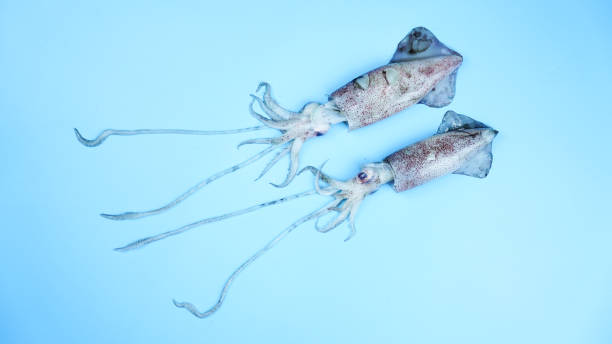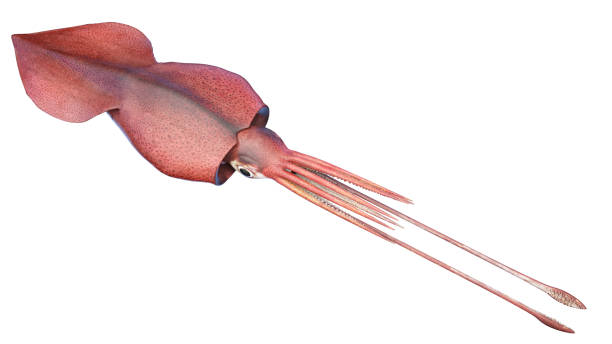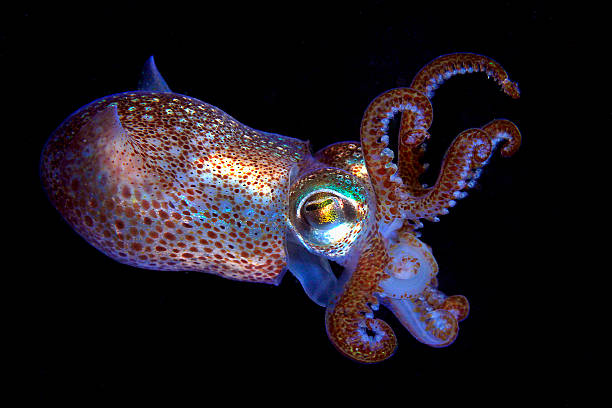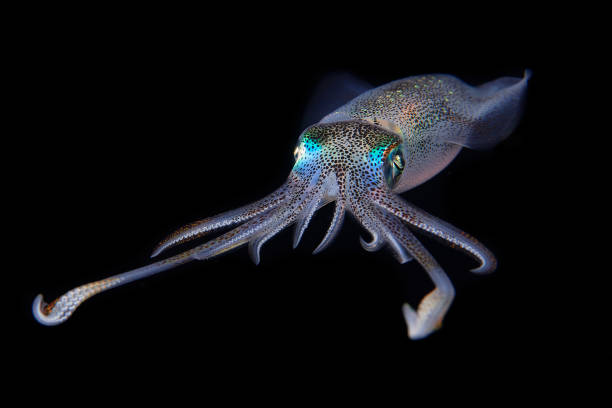Have you ever wondered how many arms does a squid have? And what comes to mind when you think about squid? Maybe pictures of sly, ink-spraying animals gliding through the deep blue sea. People have been intrigued with squids for ages, and their morphology—especially their arms and tentacles—is among its most fascinating features. So let’s explore the ocean’s depths to find the answer to the urgent query: how many arms does a squid have? And how many tentacles does a squid have?
Understanding Squid Anatomy
Before anything else first, it’s critical to distinguish between tentacles and arms. Although both names are frequently used synonymously, they refer to different characteristics of squids. The class Cephalopoda, which also contains cuttlefish and octopuses, is home to squids. These animals are renowned for having unusual appendages, sophisticated neurological systems, and extraordinary intelligence. But really, how many arms does a squid have?
Arms vs. Tentacles: What’s the Difference?

- Arms: Eight arms squid have. They have suckers that run the length of their undersides and are often shorter.
- Tentacles: Squids have arms, but they also have two longer tentacles. In order to catch prey, tentacles are typically furnished with specialized structures at their tips, like hooks or extra suckers.
To answer the question “how many arms does a squid have” more specifically: eight arms, plus two tentacles, making it ten appendages in total.
The Eight Arms
A squid’s eight arms have multiple uses. Their main functions are feeding, moving, and handling items. The rows of suckers lining each arm aid in the squid’s ability to hold onto objects and food. Because of their extreme strength and ability to produce a strong vacuum, these suckers make it difficult for their ensnared prey to escape. This basic feature of squid anatomy helps to differentiate squids from their tentacles and makes it clear how many arms does a squid have?
The Two Tentacles

Now let’s discuss how many tentacles does a squid have? A squid’s two tentacles are its covert weaponry. Tentacles are normally retracted and only extended during hunting, in contrast to the arms. The squid utilizes a particular club at the end of each tentacle that is packed with suckers or hooks to quickly capture prey. Tentacles can extend quickly, ensnaring fish, crabs, and other aquatic life. Understanding the role of these tentacles further illuminates the answer to how many arms does a squid have and how many tentacles does a squid have?
Why the Confusion?
The apparent similarity between arms and tentacles frequently causes confusion regarding the number of arms on a squid. The difference can be difficult to see, especially at a glance and in the dark waters below. But knowing the various tasks these appendages play clarifies their distinct roles. So now you’ll be prepared with a thorough response the next time someone asks, “How many arms does a squid have?“
Squid Diversity

It’s important to remember that there are more than 300 different species of squid, ranging in size from the little pygmy to the enormous colossal, which may grow up to 46 feet in length. The basic structure of having two tentacles and eight arms is the same in all species, despite their variation. Knowing this, you can confidently answer how many arms does a squid have across various species.
Fascination with Squids
Squids have long piqued people’s interest; they can be found in literature, mythology, and even contemporary popular culture. Their distinct physiology, which includes the structure of their arms and tentacles, is still a source of intrigue for scientists. The question of “how many arms does a squid have” is just the starting point for many intriguing discoveries.
A squid has two tentacles and eight arms. These unique limbs are essential to the squid’s existence because they allow it to seek and navigate its underwater environment. You’ll see how amazing a squid’s anatomy is the next time you think about one.
Squids provide an insight into the astonishing diversity of life beneath the waves, whether you’re an ardent student of marine biology or just interested in the wonders of the ocean. They are among the most fascinating marine animals due to their unusual combination of arms and tentacles.
For more updates and interesting insights, visit STATESIDESTORY.CO.IN.

